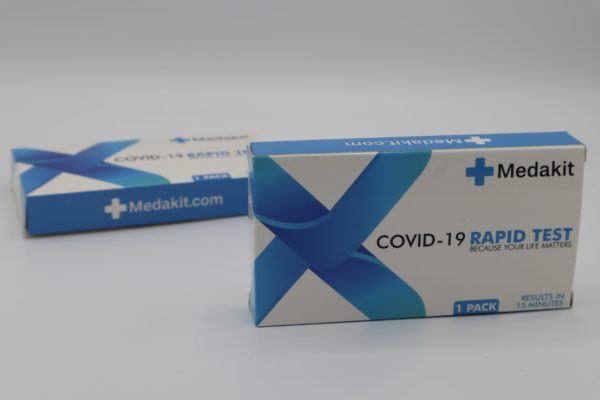Across the country the number of people who test positive for COVID-19 has taken a sharp turn upward. In Texas, the daily number of positive tests for COVID-19 increased from 864 on May 1, 2020, to 1,312 on June 1, and 6,991 on July 1. This spike prompted Governor Abbott to declare a pause to reopening Texas on June 25.
Many employers are seeing an uptick in the number of employees who test positive for COVID-19. Below are considerations:
Supervisors:
Supervisors are the front line since employees will naturally report any issues to them. When confronted with a positive COVID-19 case, supervisors should:
- Thank the employee for self-disclosure.
- Inform the employee you will be reporting the diagnosis to Human Resources who should contact them very soon.
- Verify contact information to assist with prompt response by HR.
- Immediately report any disclosed diagnosis or potential infection to Human Resources (or designated contact).
- Maintain confidentiality to comply with ADA and HIPAA guidelines.
Human Resources:
Human Resources (or designated contact) is acting on behalf of the employer. Contact the employee who tested positive to COVID-19 immediately to verify the diagnosis:
- Thank the employee for self-disclosure.
- Ensure the employee there will be no discrimination or retaliation due to the diagnosis.
- Let the employee know their identification will not be disclosed, although the diagnosis may be communicated to others in the company.
- Instruct the employee to stay at home for at least 14 days, as instructed by the employee’s health care provider.
- Determine all co-workers the employee may have come in meaningful contact with the 14 days prior to the positive test or incubation period.
- Identify all the areas in the workplace the employee was physically present during the 14-day incubation period.
Individually contact each co-worker identified by the employee, and those who shared a common work area.
- Request they remain out of the workplace for at least 14 days since the last point of contact, and to work remotely, if possible. This is out of caution and concern for all employees.
- Encourage them to self-isolate and seek medical attention and testing they deem appropriate.
- Remind employees that discrimination or retaliation against any employee who is suspected of having or been exposed to COVID-19, or testing positive is strictly prohibited.
- Discuss wage and hour issues and pay policies of the company if remote work is not possible.
Management
General notices may be issued depending upon the size and workplace logistics:
- Notify employees that an employee has tested positive for COVID-19 (without disclosing the identity of the employee)
- Reassure employees that unless they have been contacted directly by HR, it is not believed that the infected employee has been in close contact or shared a common workspace with them.
- Inform the employees that the general notice is only intended to dispel any rumors.
- Encourage employees to continue to self-monitor for symptoms and seek treatment as necessary.
Employers should shut down common areas and have them cleaned per CDC guidelines. These decisions are not easy, but employers have an obligation under the OSHA General Duty Clause (Section 5(a)(1)) to furnish each employee with a workplace that is free from recognized hazards that are causing or likely to cause death or serious physical harm. Frequent communication to employees (both in the office and at home) will help alleviate that concern, enable the flow of truthful information, and reduce rumors.




No comments yet. You should be kind and add one!
The comments are closed.